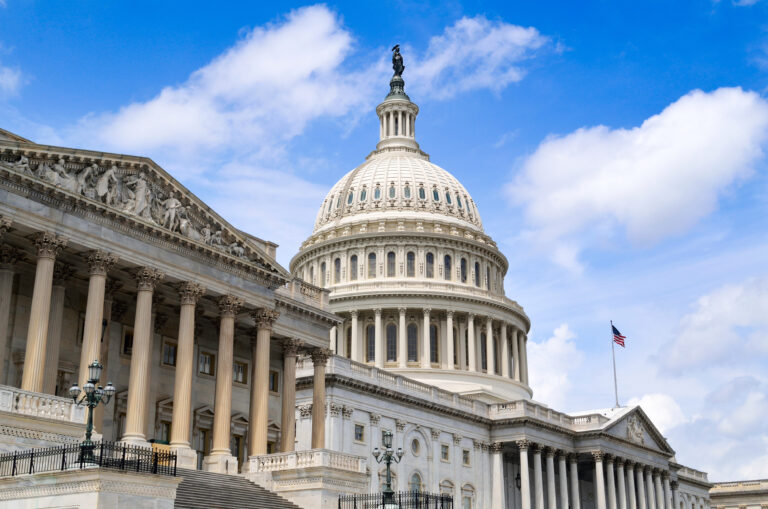On April 29, the U.S. House Committee on Education and Workforce passed its budget reconciliation plan out of Committee. Initially directed by House leadership to generate $330 billion in savings from programs under the Committee’s jurisdiction, the legislation (dubbed the “Student Success and Taxpayer Savings Plan”) seeks to save about $350 billion over 10 years to offset the cost of the Trump administration and congressional Republicans proposed tax cut plan.
Many aspects of The Student Success and Taxpayer Savings Plan resemble key provisions of House Republicans’ College Cost and Reduction Act introduced by Rep. Virginia Foxx (R-NC) last Congress. Notably, the Committee’s legislation includes the creation of a federal Workforce Pell program (AKA “Short-term Pell”), which reached a bipartisan compromise in the House Committee last year, but failed to pass Congress.
What’s in the legislation?
As expected, the bill includes a focus on higher education cost savings measures including:
- Streamlining student loan repayment plans by eliminating income-contingent repayment (ICR) plans and transferring all borrowers currently in ICR plans to income-based repayment (IBR) plans. For student loans disbursed after July 1, 2026, the legislation would terminate existing repayment programs and establish in their place a “Standard Repayment Program” and a “Repayment Assistance Plan.”
The bill’s proposed changes to student loan repayment alone could create a cost savings to the federal government of approximately $300 billion according to preliminary cost estimates of the legislation from the Congressional Budget Office. - Eliminating the U.S. Department of Education’s (ED) authority to make Grad PLUS loans and subsidized loans for undergraduate students on or after July 1, 2026.
- Requiring undergraduate students to exhaust their unsubsidized loans before parents can utilize Parent PLUS to cover their remaining cost of attendance.
- Capping the amount of federal student aid a student can receive based on the “median cost of college” (defined as the median cost of attendance for students enrolled in the same program of study nationally and calculated by the Secretary using data from the previous award year).
- Implementing risk-sharing, which would require colleges to be on the hook for a portion of unpaid loans by their learners.
- Expanding eligibility for Pell Grants to students enrolled in short-term, high-quality, workforce aligned programs (Workforce Pell).
- Creating the “PROMISE Grant” program to provide performance-based funding to institutions.
- The bill also includes changing the definition of full-time enrollment for Pell Grant eligibility from 12 course hours per semester to 30 credit hours per academic year (or 45 quarter credit hours per academic year), and requiring students to be at least half-time.
Our take: “This is not the first time we’ve seen the movie on Workforce Pell, which has historically ended the same way: a bill gathers momentum with Workforce Pell included, but the provision never crosses the finish line,” said W/A Sr. VP Noah Sudow. “While we won’t be surprised if this movie ends the same, this moment does seem a little different—it has garnered bipartisan support following negotiations, and has support from within the Trump administration.”
What’s Next
The Committee’s proposal still has a way to go, as other committees are still negotiating their portions of the larger budget reconciliation package (more here on the reconciliation process).
Earlier this week, U.S. Secretary of the Treasury Scott Bessent stated that July 4 is the new target date for passing President Trump’s tax bill. Given that House Republicans are currently aiming to include the tax cut provisions as part of the reconciliation package, July 4 is likely to be the target date for passing the reconciliation package as well, but it is unclear if Congress can finalize and pass the reconciliation package in that timeline.
Go deeper: Our team will continue to track the budget reconciliation process along with Workforce Pell. Please reach out with any questions.
This article is sourced from Whiteboard Notes, our weekly newsletter of the latest education policy and industry news read by thousands of education leaders, investors, grantmakers, and entrepreneurs. Subscribe here.




